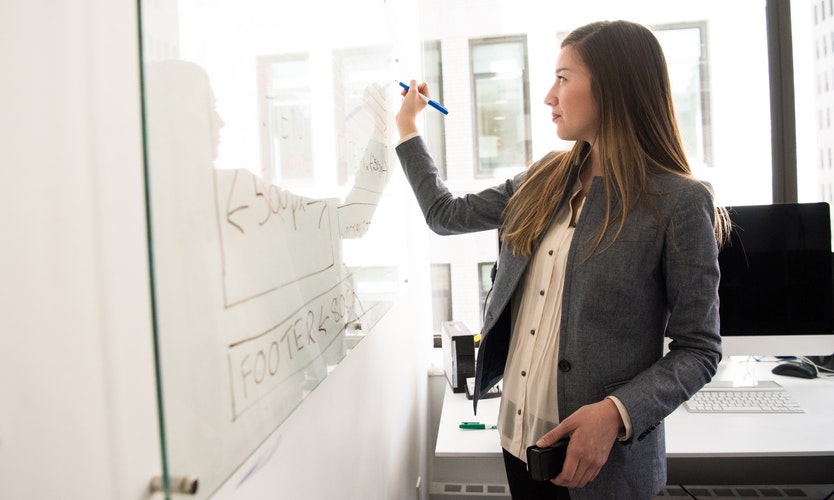Formal Education Systems
In its broadest sense, education is the accumulation of formative information and experiences that leave formative effects on a person’s mind, physical ability, and character. Drawing from a technical sense, it is a process wherein society is deliberately transmitting accumulated values, knowledge, and skills from a generation to another with the facilitation of institutions.
Education is necessary so that people in general start the journey to getting education at early age. Most children dread the thought of having to leave homes early each morning to attend school classes. In general, people spend about 15 years or more getting and accumulating education. There are formal systems of education.
Elementary or primary education is consisting of several years of structured learning in schools. This is the primary step to getting higher education. It usually takes about six years to eight years to complete primary education schooling. Worldwide, it is estimated that up to 70% of children are currently enrolled in basic primary education. UNESCO attests that all countries aim to ensure all children are enrolled in primary education by the year 2015. Primary education basically teaches children to read, write, and take initial study disciplines.
Secondary education is consisting of higher-level of formal schooling. This is special because it is usually taken by the time children are entering or are into puberty. There is a clear and evident transition to optional learning from compulsory learning during the primary schooling. High school students are ought to learn more. Aside from knowing about basic foundations of more complicated subjects, secondary education also has takes on teaching students to be more socially active and responsible. Secondary education is a major preparation for tertiary education.
Tertiary or higher education is post secondary schooling. This time, learning is all the more optional. Students who are already in independent ages are deciding whether to pursue tertiary education or not. This time, college is not compulsory but is more of a choice. Tertiary level of education includes undergraduate as well as postgraduate education. Training, certificate, and vocational courses are also included. Tertiary education is necessary in solidifying professional expertise of students.
There are other systems of formal education. Adult education is becoming more popular especially among adults who still want to earn degrees or learn more through formal classes. Most adult education courses are facilitated through the Internet. Among the usual programs include courses for medical coding and billing, veterinary, bookkeeping, and real estate licensing.
Alternative education refers to all other education modes that are facilitated beyond traditional education. It is also more commonly referred to as educational alternative or non-traditional education. Such programs may be specifically and specially designed to cater to students who have special and non-conventional needs, which may range from disability to teenage pregnancy. This education type is often considered as a result of several educational reforms.
Lastly, indigenous education is offered to people who are members of indigenous communities. The treatment could be a mix of primary, secondary, and alternative education systems. In the past years, experts have made sure indigenous education would be able to facilitate learning in a more culturally sensitive manner. There is also a need to enhance awareness and preservation of indigenous tradition. However, measures are still yet to be taken to make such an education system formal especially worldwide.














